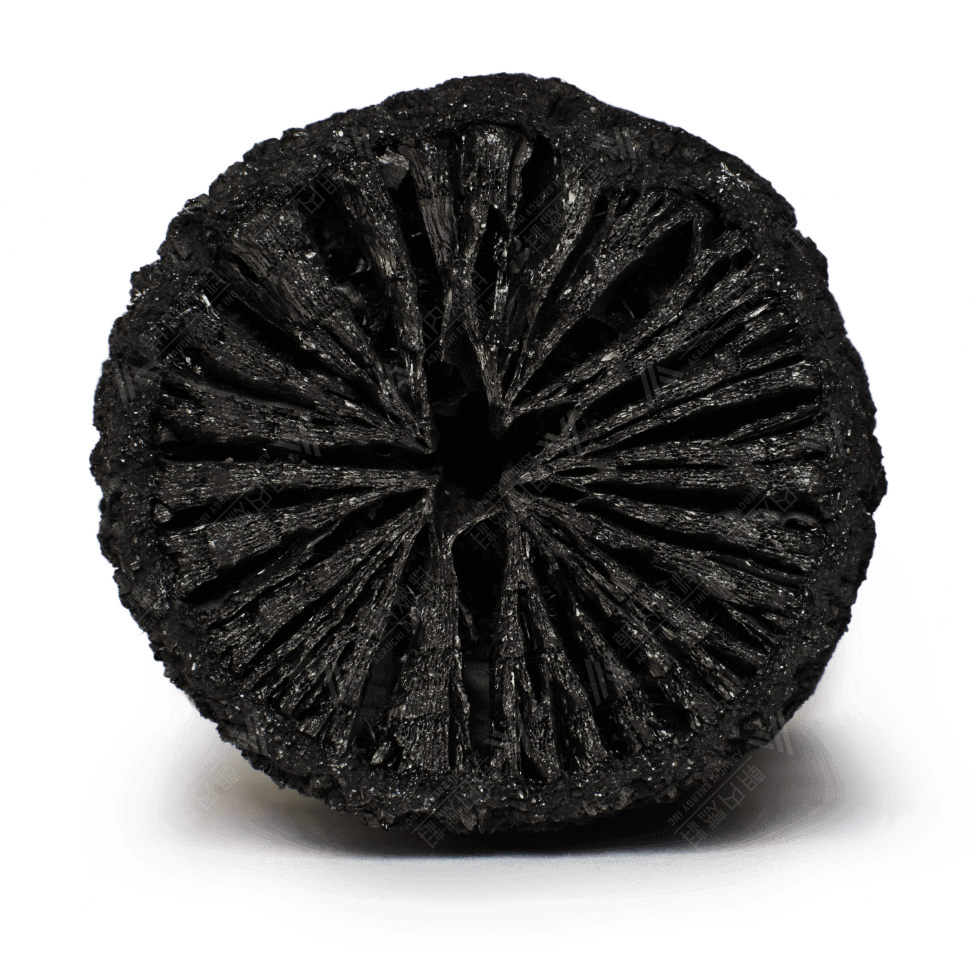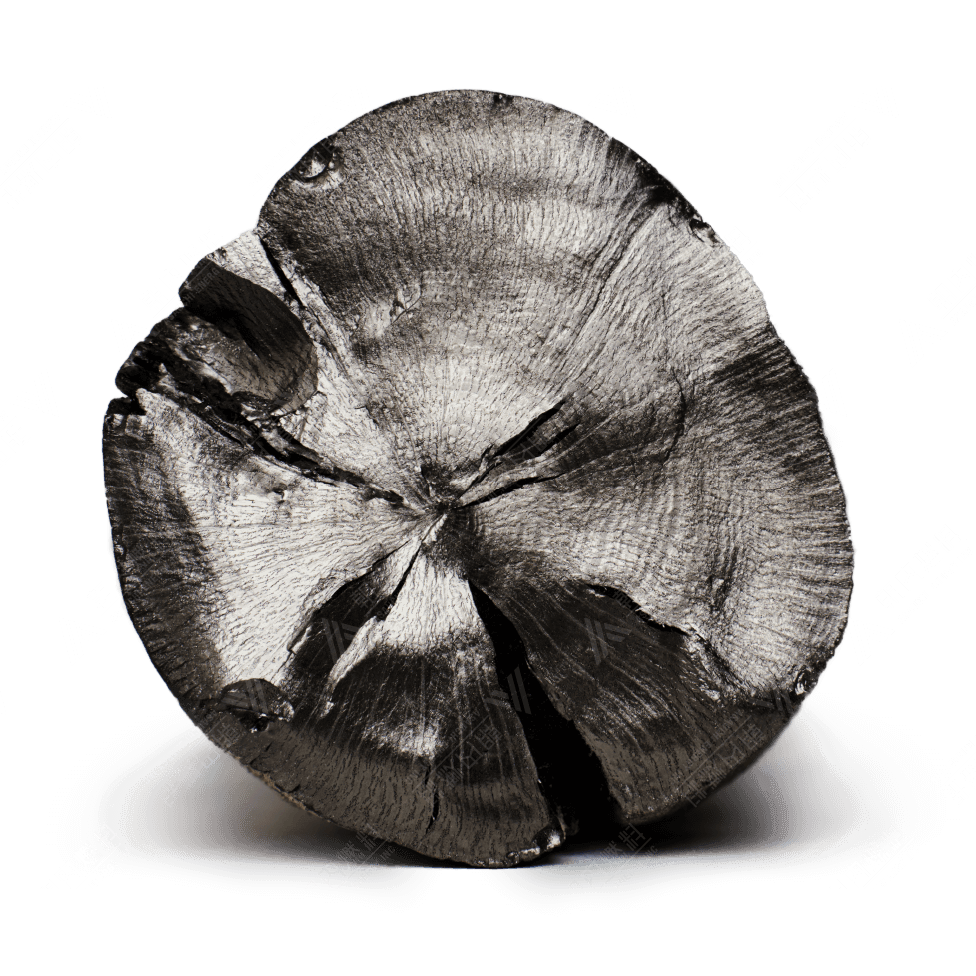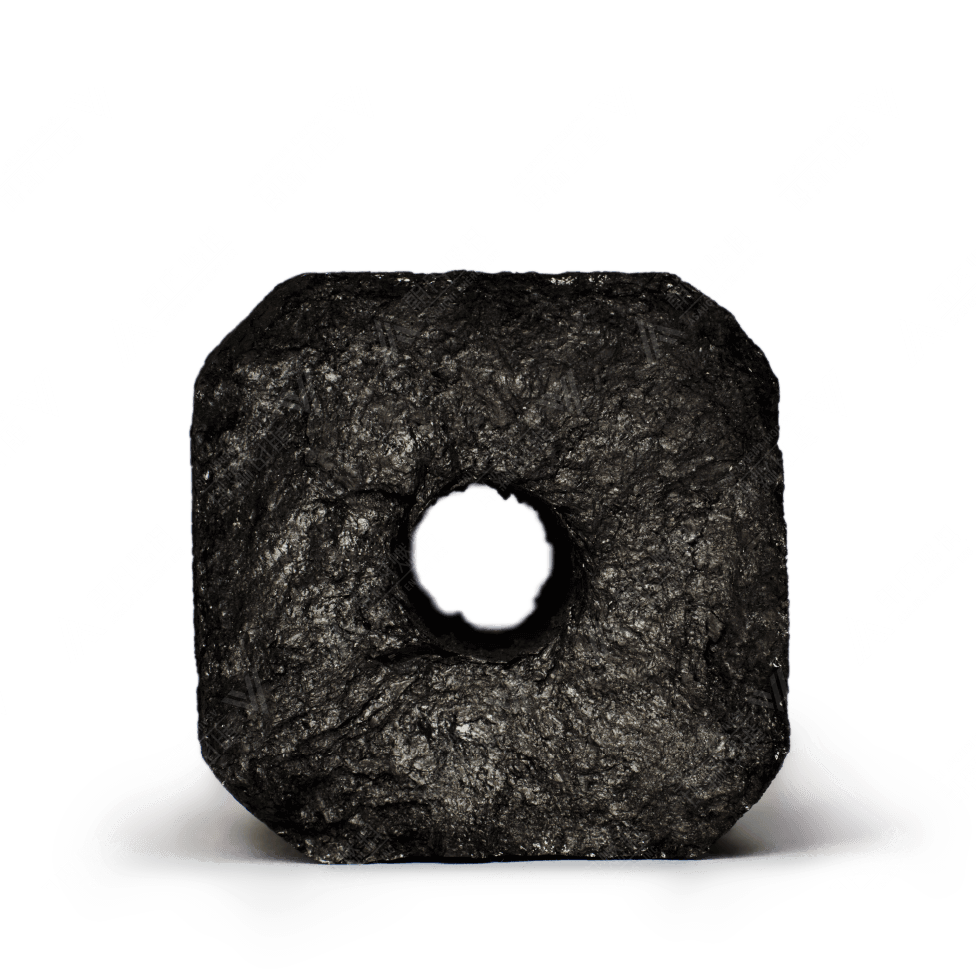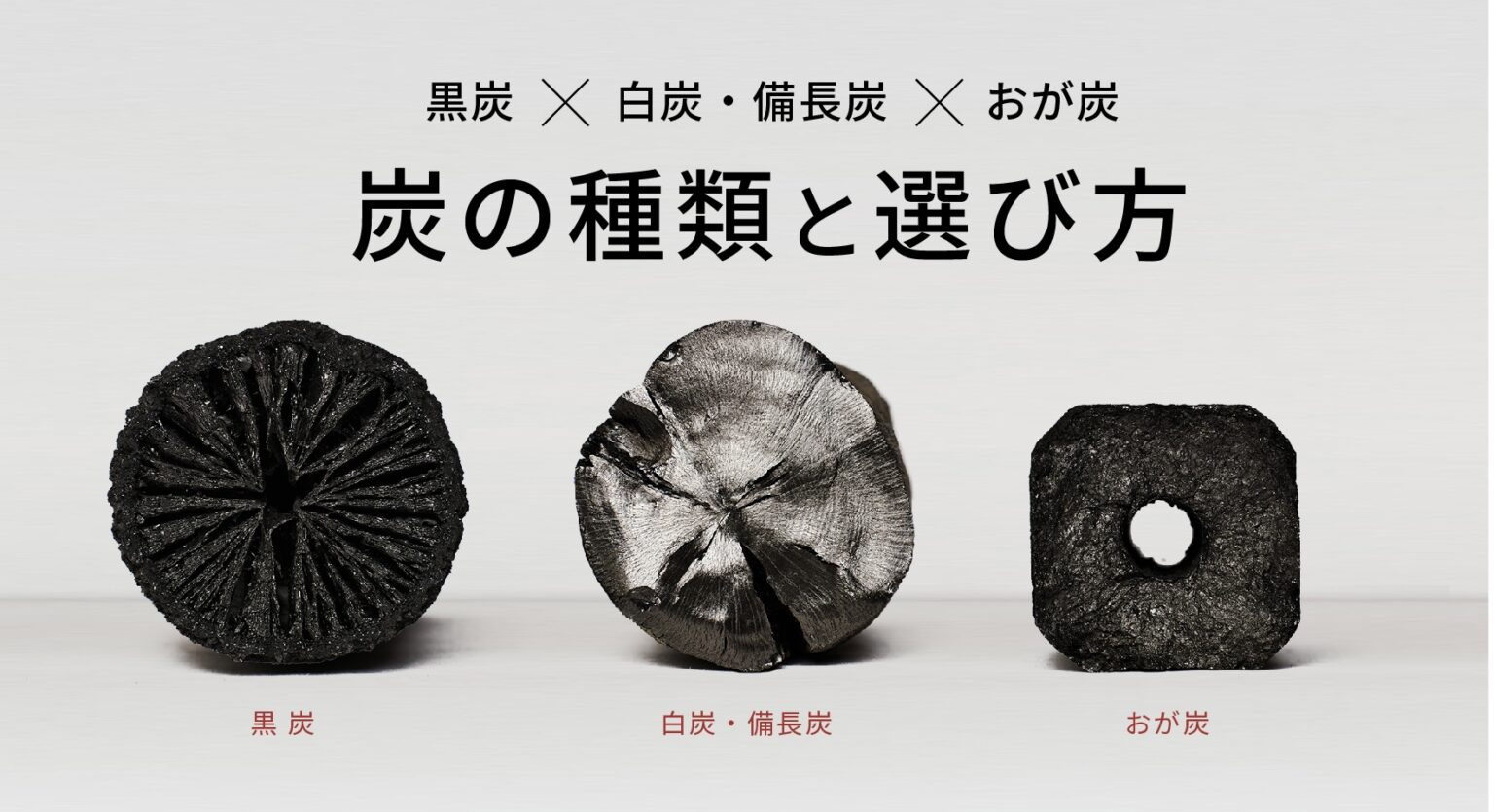What is Binchotan charcoal?
Charcoal can be divided into “shirozumi” (white charcoal) and “kurozumi” (black charcoal) depending on the production method.
The final step in carbonization, to produce “white charcoal,” is to open the kiln’s mouth and send in air to promote combustion. After this, a refining process called “nerashi,” in which impurities in the charcoal are burned off, the charcoal is then removed from the kiln and covered with sand and ash to extinguish the fire.
The finished charcoal is called “white charcoal” because the surface of the charcoal turns whitish, and it is characterized by its very hardness.
“Binchotan” is exactly this!
Strictly speaking, the term “binchotan” refers to white charcoal (shirozumi), specifically charcoal made from Ubamegashi (which includes oaks).
In other words, charcoal that is made using a specific manufacturing method and tree species is called Binchotan.
This is what “Binchotan” generally means!
In fact, it has become common to use the term “binchotan” as a general term for hard charcoal, regardless of the type of wood.
Before you know it, the idea that “Binchotan is hard” had become established as “Hard charcoal is Binchotan.”
Even in countries overseas where Quercus phillyraeoides (including other oak species) do not grow naturally, charcoal made from locally available hard wood is called “Binchotan” and is sold under the names “Indonesian Binchotan” and “Lao Binchotan.”
Charcoal made by burning Ogalite, a solidified sawdust, at high temperatures in a kiln is also called “Oga Binchotan” because it is very hard and has a long burning time, similar to Binchotan charcoal.
Characteristics of Binchotan charcoal
Binchotan charcoal is hard, burns for a long time, and the heat can be easily adjusted.
The raw material wood is slowly carbonized in a charcoal kiln, and as a finishing touch, air is pumped into the kiln and the wood is burned at over 1000 degrees Celsius (nerashi), after which a mixture of ash and sand (sohai) is poured on to quickly extinguish the fire.
Because white charcoal is as hard as metal, it takes time to ignite and will explode if heated too quickly, but once stabilized, the heat will last for a long time and can be easily adjusted with a single fan, making it ideal for cooking that requires delicate heat adjustment.
Additionally, sawdust charcoal that is burned at high temperatures is called “○○ Binchotan” or “Oga Binchotan,” and its characteristics of being hard and having a long burning time are similar to the informal definition of “Binchotan.”
Types of charcoal
Kurozumi charcoal is made at relatively low temperatures of 400 to 800 degrees, and in the final process the mouth of the charcoal kiln is closed to cut off oxygen and extinguish the fire by suffocation.
Compared to binchotan and white charcoal, it is lighter and has gaps in its cross section, making it easier to light.
The fire will gradually spread from the lit area to the unlit area.
The peak combustion temperature is higher than that of binchotan and white charcoal, but it burns out quickly.
Summary of characteristics by type of charcoal
 |
 |
 |
|
| raw materials | Oak, Japanese oak, pine, etc. | Ubamegashi, Oak, Maitiu, etc. | Cedar, pine, bamboo, etc. |
| Features |  |
 |
 |
The difference between charcoal and binchotan charcoal
While charcoal is a general term for all wood-based charcoal, binchotan is the name for one type of charcoal. Therefore, binchotan is undoubtedly a type of charcoal.
To give an example,
it’s like saying “car” in general, but there are “sedans” and “wagons.
” They are all “cars,” but when categorizing them more specifically, they are called “sedans” and “wagons.”
The difference between Oga Binchotan and Binchotan
Oga Binchotan is the name given to charcoal made from sawdust that is burned at high temperatures, is hard like Binchotan, and has a long burning time.
It’s actually “Oga charcoal,” but its characteristics are similar to Binchotan charcoal, so it’s called “Oga Binchotan” to convey that characteristic. It’s like “Oga charcoal finished with Binchotan charcoal.”
There are also many sawdust charcoal manufacturers that use the name “XX Binchotan” for their products, such as “Nishiki Binchotan” or “Santoka Binchotan.”
“Charcoal is a burning food ingredient.” For all your charcoal needs, leave it to Asauchi Fuel, founded in the Meiji era.
Using the above as a reference, choose the charcoal that is right for your shop by considering factors such as the heat output of the charcoal, the deliciousness of the finished product, the charcoal burning time, your shop’s opening hours, and the cost of charcoal.
At Asauchi Jinzen, we understand and assess the individual characteristics and features of over 100 different types of charcoal, and we recommend the charcoal that is best suited for cooking.
Please choose “good charcoal” as your fuel for the morning.







